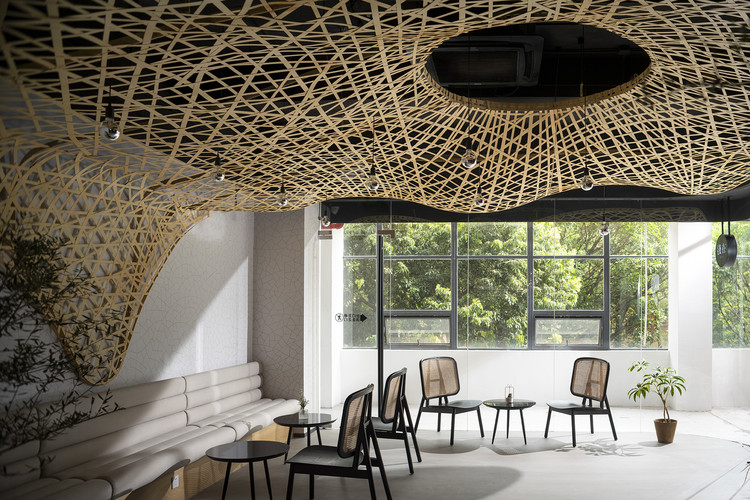
-
Interior Designers: AFFD
- Area: 210 m²
- Year: 2020
-
Photographs:Yunfeng Shi

Text description provided by the architects. The complex in which TEA-Z sits never lacks trendy elements, the issue the designer has to deal with is allowing tea drinkers to have some quiet and relaxing time at TEA-Z without feeling they are out of style. The truth is the younger generation in China are finding their own likes with great confidence when it comes to the pursuit of aesthetics and the quality of life rather than blindly chasing the fuss and mimicking. The renaissance of an elegant eastern lifestyle and the tea culture becomes an expected new trend. The Chinese have enjoyed a long history of drinking tea, but the way of doing it requires some new thoughts to match the lifestyle these days.


























